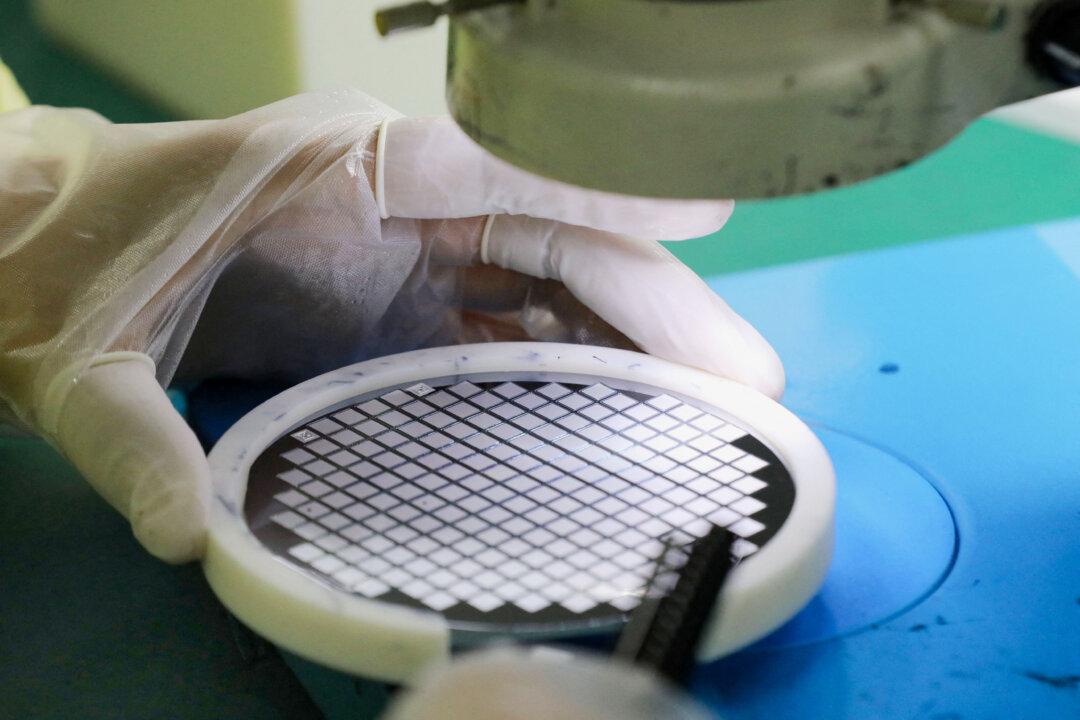The United States and the European Union are working together to address national security concerns associated with China’s efforts to dominate the global market for legacy semiconductors using “non-market” policies and practices.
“We know that based on China’s own reporting, about 60 percent of all new ‘legacy’ chips coming to the market in the next handful of years will be produced by China,” Commerce Secretary Gina Raimondo said at a press conference in Leuven, Belgium, on April 5.





